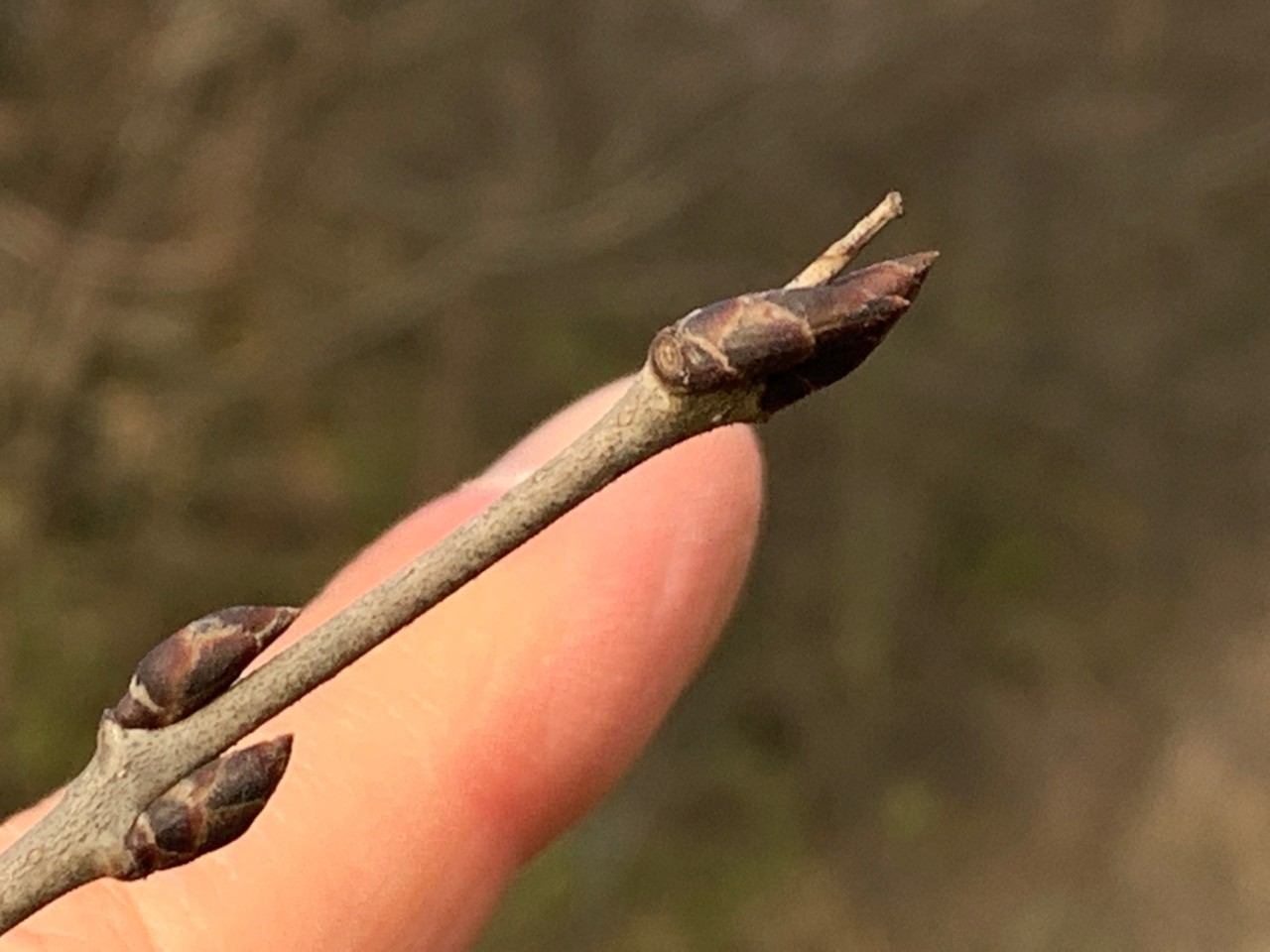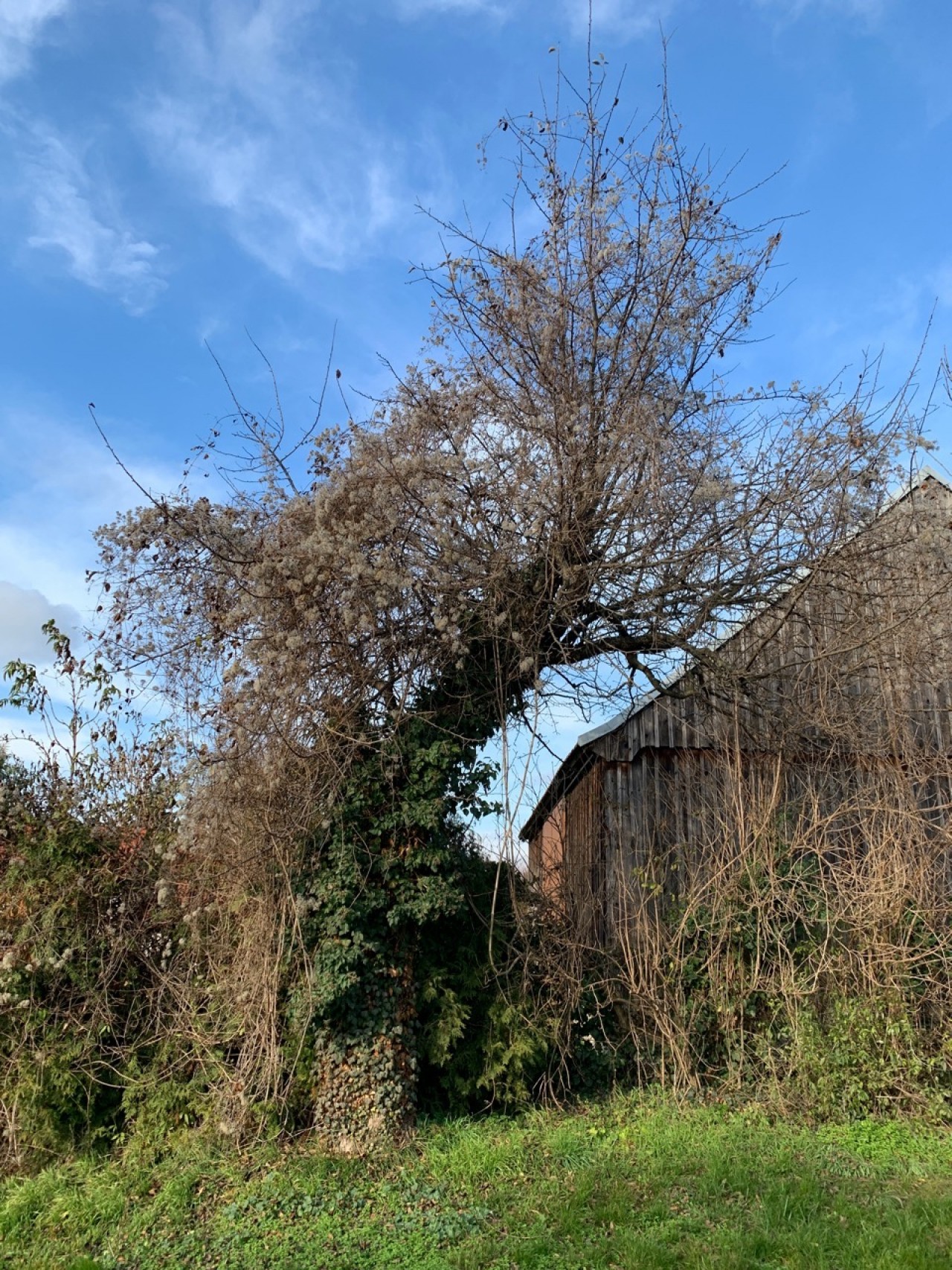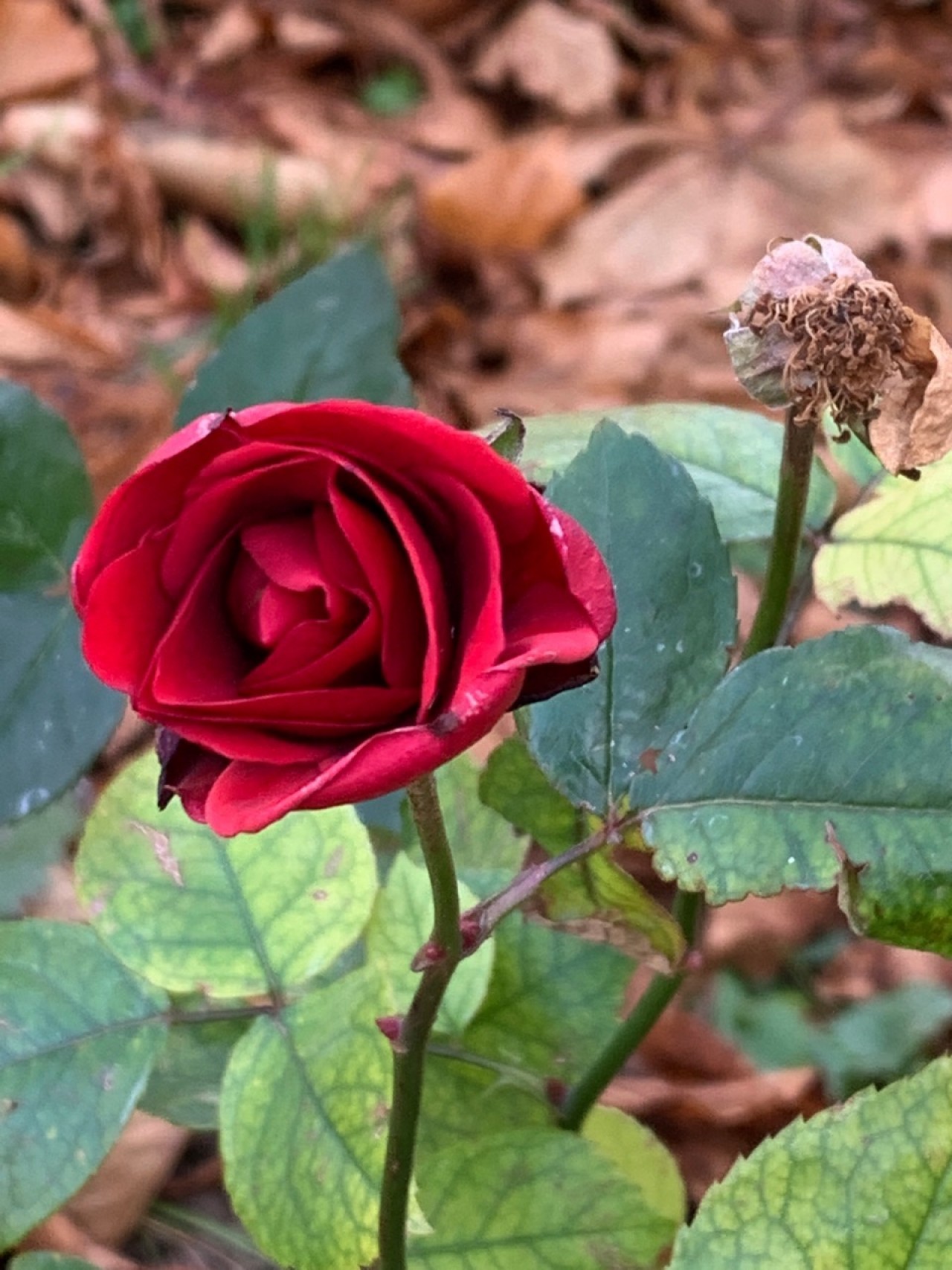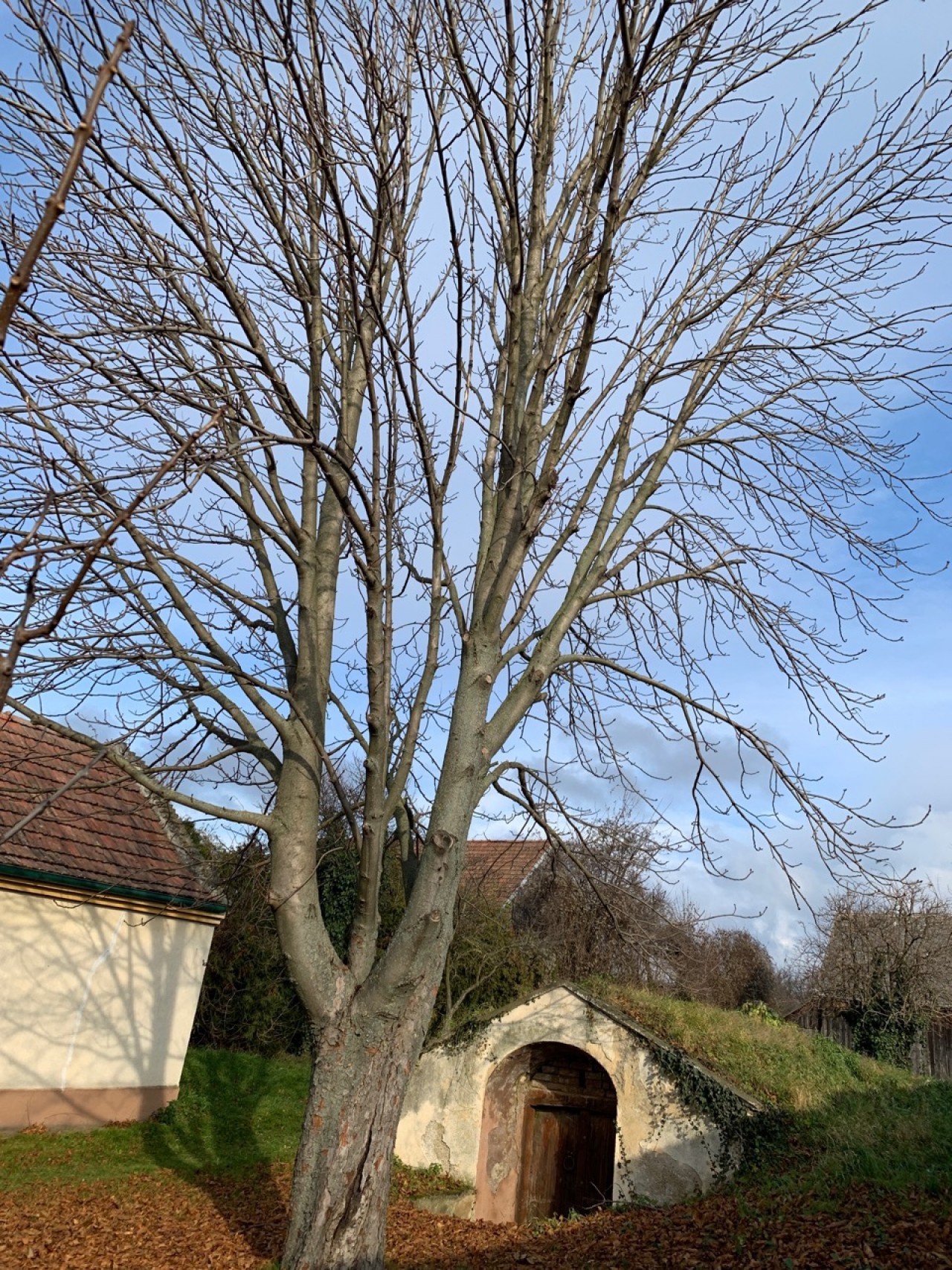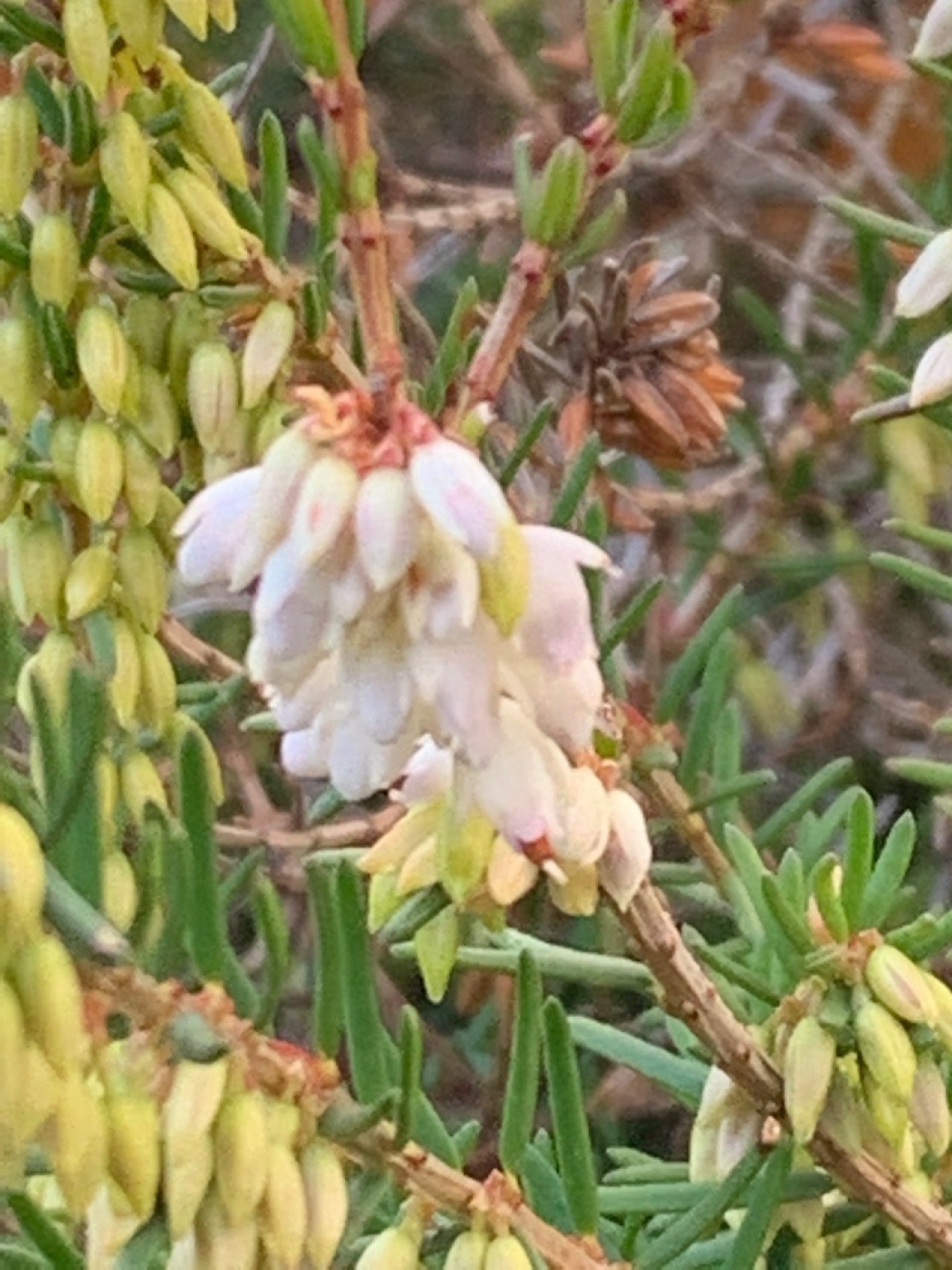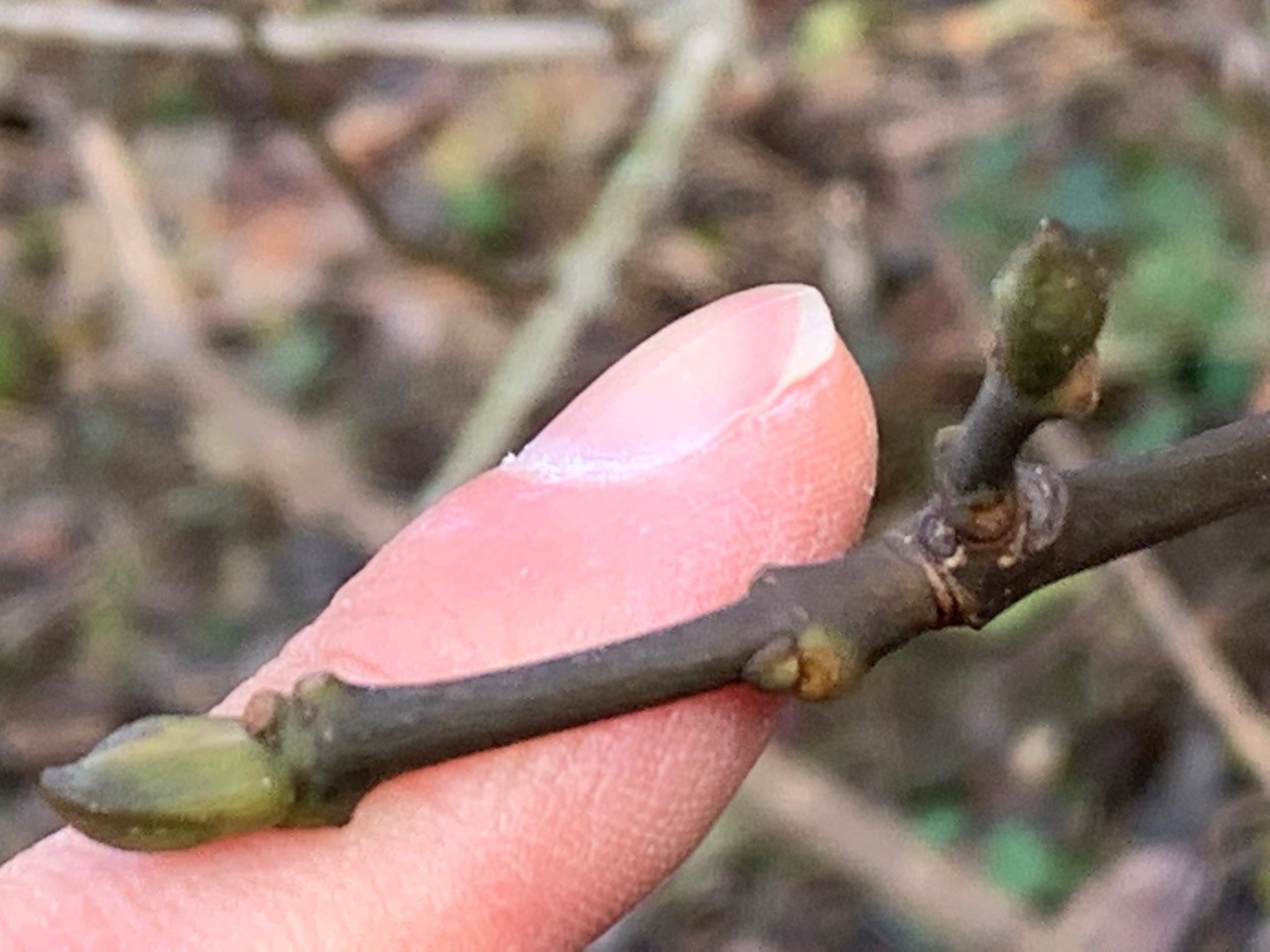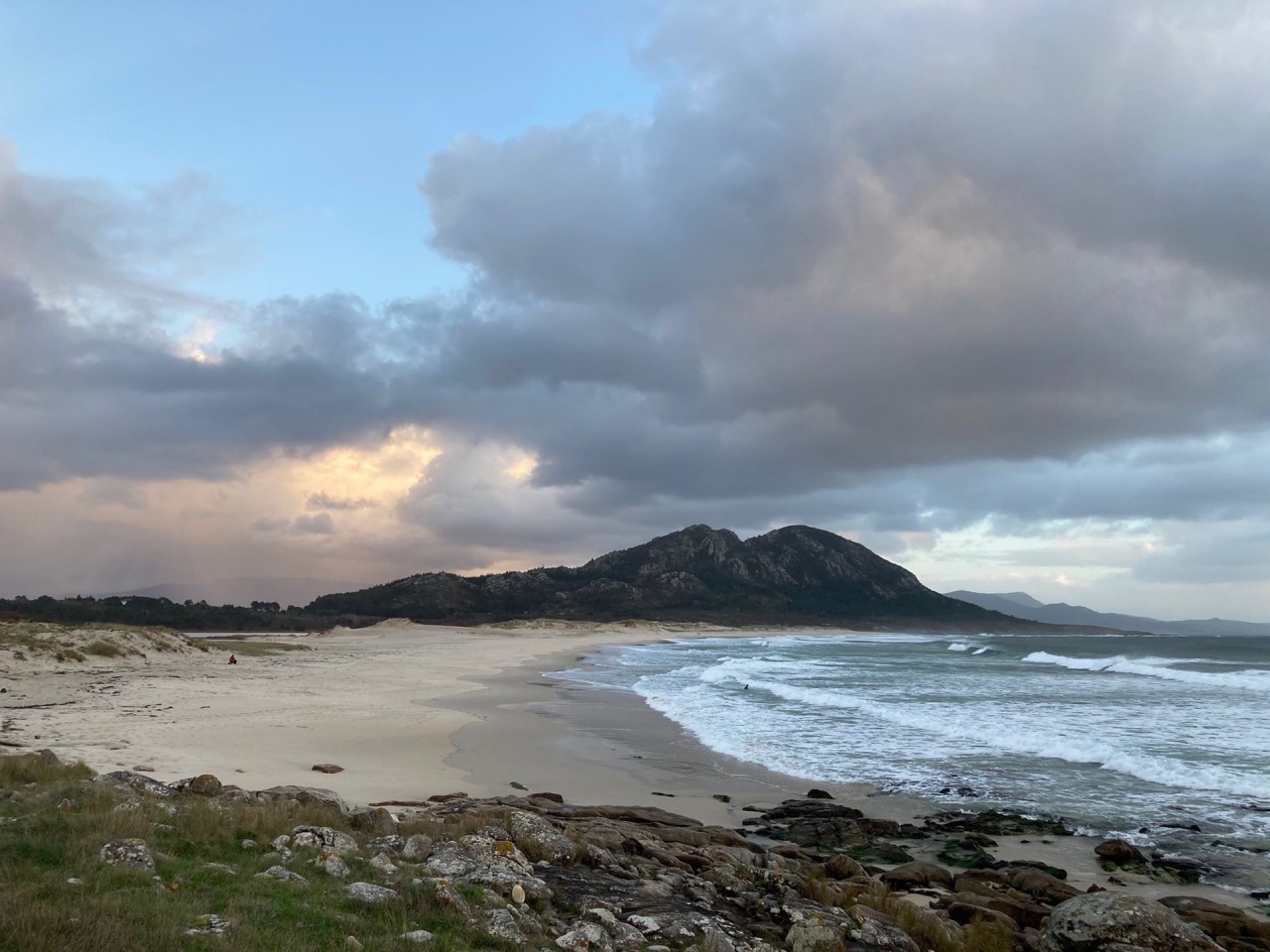Short note: This website is in Beta - we are currently building everything up but you can already find the apps to download and participate! Thank you and stay safe!
Super User
Tuesday, 08 December 2020 11:55
Knospen der entlaubten Feldulme | Naturkalender App | 09.12.2020
Knospen der entlaubten Feldulme | Naturkalender App | 09.12.2020
Published in
Spots from all apps
Tagged under
Tuesday, 08 December 2020 11:15
Zwetschkenbaum mit Efeu und Waldrebe hat keine Blätter. | Naturkalender App |
Zwetschkenbaum mit Efeu und Waldrebe hat keine Blätter. | Naturkalender App | 09.12.2020
Published in
Spots from all apps
Tagged under
Tuesday, 08 December 2020 11:18
Blühende Rose im Dezember | Naturkalender App | 09.12.2020
Blühende Rose im Dezember | Naturkalender App | 09.12.2020
Published in
Spots from all apps
Tagged under
Tuesday, 08 December 2020 11:19
Rosskastanie ist ohne Blätter. | Naturkalender App | 09.12.2020
Rosskastanie ist ohne Blätter. | Naturkalender App | 09.12.2020
Published in
Spots from all apps
Tagged under
Tuesday, 08 December 2020 11:21
Der Apfelbaum ist ohne Blätter. | Naturkalender App | 09.12.2020
Der Apfelbaum ist ohne Blätter. | Naturkalender App | 09.12.2020
Published in
Spots from all apps
Tagged under
Tuesday, 08 December 2020 11:22
Erica in Vollblüte | Naturkalender App | 09.12.2020
Erica in Vollblüte | Naturkalender App | 09.12.2020
Published in
Spots from all apps
Tagged under
Tuesday, 08 December 2020 10:31
Knospen der entlaubten Gewöhnlichen Pimpernuss | Naturkalender App | 09.12.2020
Knospen der entlaubten Gewöhnlichen Pimpernuss | Naturkalender App | 09.12.2020
Published in
Spots from all apps
Tagged under
Thursday, 25 June 2020 10:35
Die Gewöhnliche Pimpernuss aus größerem Abstand. | Naturkalender App | 26.06.2020
Die Gewöhnliche Pimpernuss aus größerem Abstand. | Naturkalender App | 26.06.2020
Published in
Spots from all apps
Tagged under
Friday, 04 December 2020 17:44
Photo by Carmen Villar | CoastSnap App | 05.12.2020
Photo by Carmen Villar | CoastSnap App | 05.12.2020
Published in
Spots from all apps
Tagged under
Tuesday, 08 December 2020 10:46
Etwa die Hälfte der Blätter der Schwarz Weide sind abgefallen. | Naturkalender
Etwa die Hälfte der Blätter der Schwarz Weide sind abgefallen. | Naturkalender App | 09.12.2020
Published in
Spots from all apps
Tagged under
Can I use my user account in multiple apps?
Absolutely! After creating your user account, you can log in with it in all apps and projects on the SPOTTERON platform without the need to register again. You can find additional apps and topics here: https://www.spotteron.app/apps - Please be invited to download any app which you like to join and start spotting!
How can I erase my stored personal data?
GPS-Location doesn't work. What can I do?
Run your own App on SPOTTERON?
Please visit the website about the SPOTTERON Platform on www.spotteron.net
Please visit the website about the SPOTTERON Platform on www.spotteron.net
No Trackers - No Ads
This website uses no external trackers, no analytics, just session cookies and values your online privacy.
This website uses no external trackers, no analytics, just session cookies and values your online privacy.

